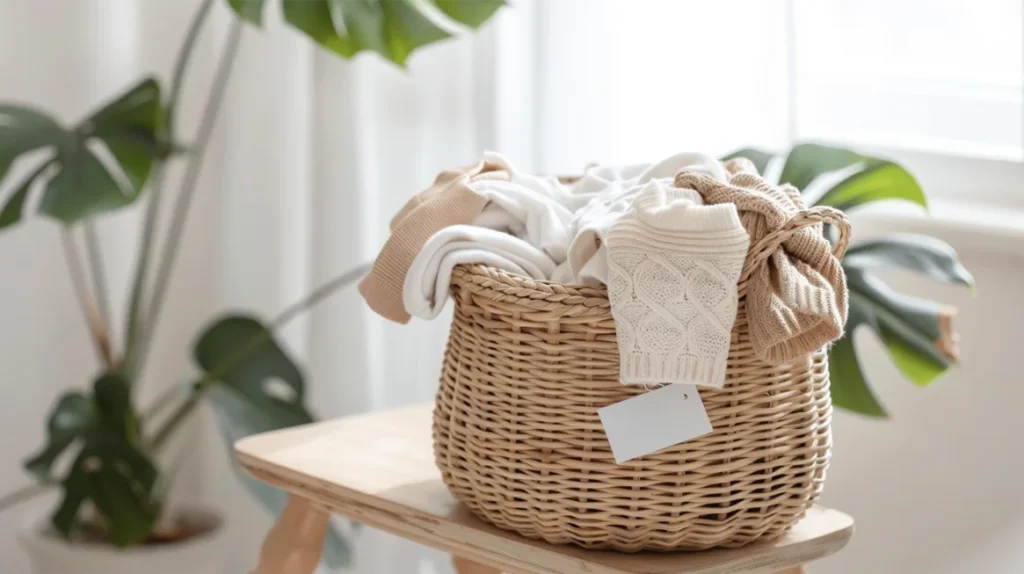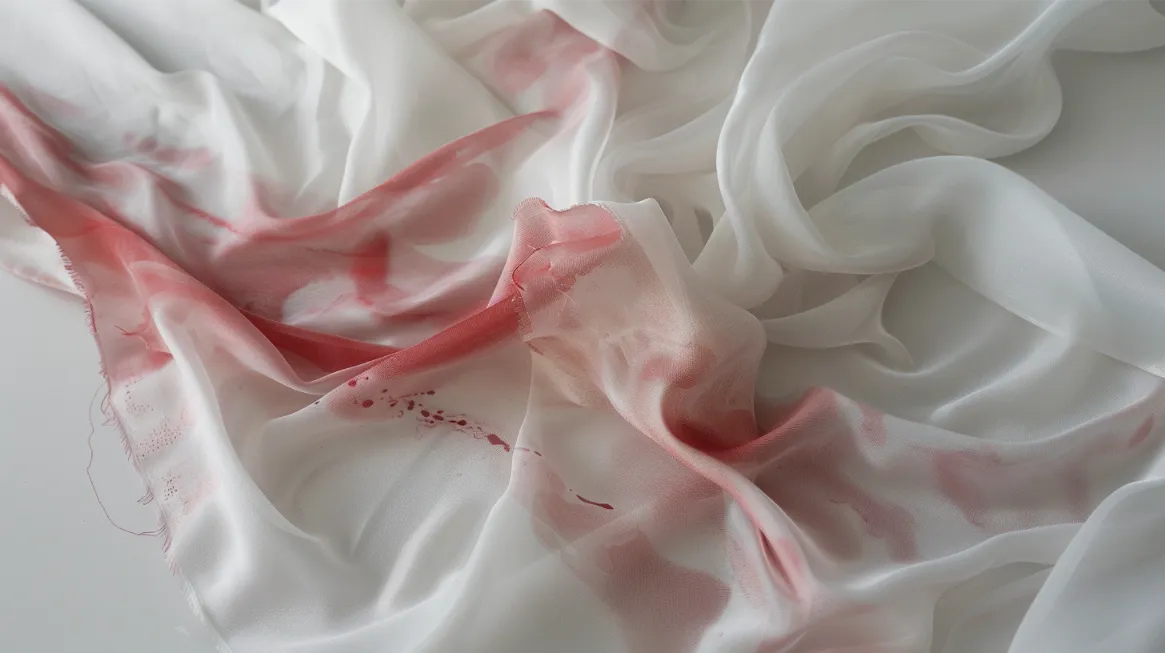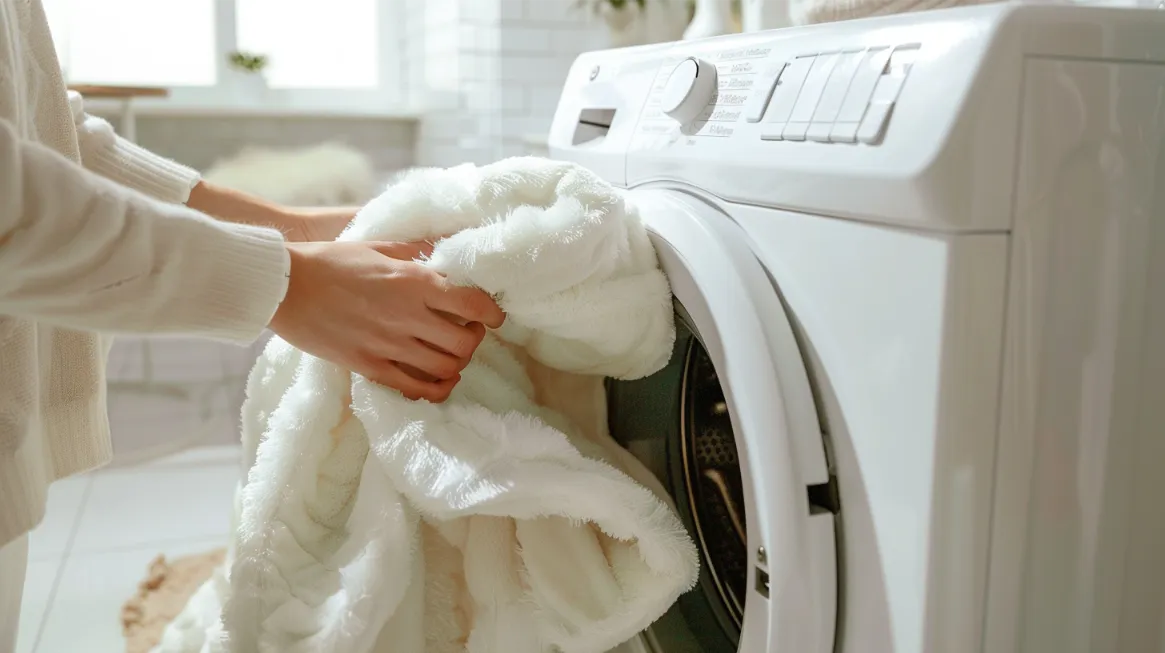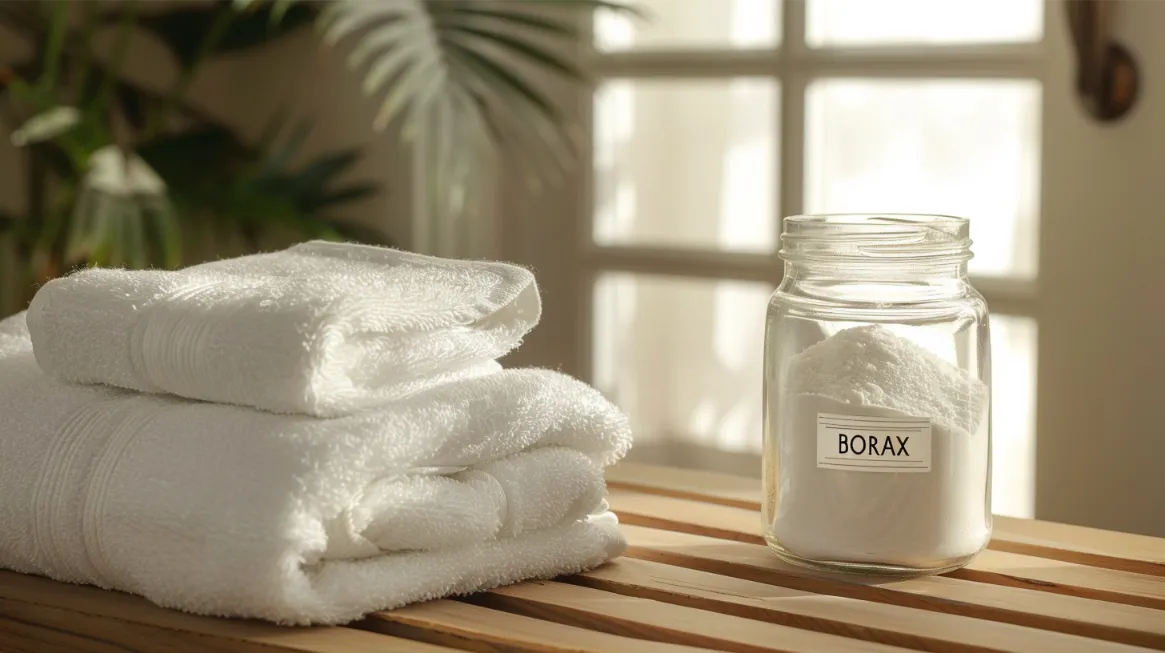Keeping your new clothes looking fresh requires more than just tossing them in the washing machine. It is crucial to follow proper washing techniques to ensure their longevity and maintain their vibrant colors.
From prepping your clothes for washing to selecting the right detergent and following expert advice, there are several steps you can take to keep your new garments in pristine condition.
In this discussion, we will delve into the best practices for washing new clothes, providing valuable tips and insights that will help you maintain the freshness and quality of your wardrobe.
Key Takeaways
- Remove tags, stickers, and extra buttons before washing to prevent damage to the clothes.
- Use the gentle cycle and cold water to preserve the color and quality of delicate fabrics.
- Choose detergent designed for the fabric type and consider using color-safe options to maintain garment colors.
- Sort clothes by color and fabric type before washing, and wash heavily soiled items separately to prolong the freshness and quality of the clothes.
Prep Clothes for Washing
Preparing new clothes before washing them is imperative to ensure optimal cleanliness and prevent any potential damage. This step is often overlooked but is crucial to maintaining the quality and freshness of your garments. Before tossing your new clothes into the washing machine, please take a few moments to inspect them carefully.
Start by removing all garments’ tags, stickers, and extra buttons. These items can cause damage to the fabric or get stuck in the washing machine, leading to potential malfunctions. Additionally, check the clothing thoroughly for any attached items like pins or clips that may impact the washing process. It’s important to remove these as well to avoid any unwanted mishaps.
Don’t forget to look inside linings and pockets for hidden items that could affect the performance of your washing machine. Loose coins, tissues, or other small objects can damage the machine or get stuck in the drain pump, causing blockages.
Avoid washing clothes with stickers, as they can cause residue buildup and affect the fabric. Peel off any stickers before tossing the clothes into the machine.

Choose Appropriate Washing Settings
When washing your new clothes, selecting the appropriate washing settings is essential for maintaining their quality and prolonging their lifespan. Here are some tips to help you choose the right settings:
- Check the care label: Before washing your new clothes, always check the care label for specific washing instructions. The care label will provide you with information on the recommended washing settings for that particular garment.
- Use the gentle cycle: For delicate fabrics such as silk or lace, it is best to choose the gentle or delicate cycle on your washing machine. This cycle uses slower agitation and shorter spin cycles, minimizing the risk of damage to the fabric.
- Opt for cold water: Using cold water instead of hot water is recommended when washing new clothes. Cold water helps preserve the color and quality of the garments, preventing any potential shrinkage or damage.
Select the Right Detergent
When selecting the right detergent for washing your new clothes, there are a few key points to consider. First, choose a detergent for your garments’ fabric type to ensure optimal cleaning and care.
Secondly, pay attention to the dosage amount recommended on the packaging to avoid using too much or too little detergent.
Detergent Type
Selecting the appropriate detergent for your new clothes is crucial in maintaining their quality and vibrant colors. When it comes to washing clothes, different fabric types require different treatments. Here are some key points to consider when choosing the right detergent:
- Fabric type: Opt for a detergent specifically designed for the fabric type of your new clothes. This ensures optimal cleaning and protection, as different fabrics have different requirements.
- Color-safe: Look for detergents labeled as color-safe to prevent fading or damage to the vibrant colors of your new garments. This helps to maintain their brightness and keeps them looking fresh for longer.
- Gentle detergent: For delicate fabrics like silk or lace, it is essential to use a gentle or mild detergent. This helps avoid stretching or tearing, ensuring your delicate items remain pristine.
Dosage Amount
To ensure optimal cleaning and avoid any potential issues, it is important to carefully measure and use the appropriate amount of detergent for each load of laundry. Using the right dosage of detergent has a significant impact on the effectiveness of the washing and drying process.
Regarding regular detergent, following the instructions on the packaging is crucial. The recommended amount varies depending on the size and soil level of the load. Too much detergent can leave residue on clothes and affect the performance of your washing machine. Conversely, using too little detergent may not effectively clean the clothes, resulting in the need for re-washing.
Additionally, considering the water temperature and using less water can help optimize the cleaning process and ensure your clothes come out fresh and clean. So, measure your detergent accurately for the best laundry results.
Follow Proper Laundry Techniques
Proper laundry techniques are essential for optimal care and maintenance of new clothes. Here are three key tips to keep in mind:
- Check the care labels: Before washing brand-new clothes, always check the labels for specific instructions tailored to each garment. These labels provide valuable information on the ideal washing temperature, recommended detergents, and any special care requirements to ensure your clothes stay fresh.
- Use cold water: When washing new clothes, use cold water instead of hot water. Cold water prevents color fading and helps preserve the fabric quality. It is essential to use cold water for delicate or brightly colored items to prevent any potential damage or bleeding of colors.
- Wash new clothes separately: To avoid color bleeding and maintain the integrity of each garment, it’s crucial to wash new clothes separately. This prevents dye transfer from one item to another, ensuring your clothes retain their original vibrancy.
Expert Advice for Washing New Clothes
Expert advice can make all the difference when washing new clothes. Proper sorting techniques, such as separating clothes by color and fabric type, help prevent color bleeding and maintain garment integrity.
Choosing the right detergent and following the best washing methods ensure that your new clothes are cleaned effectively and maintain their freshness for longer.
Proper Sorting Techniques
With proper sorting techniques, you can ensure that your new clothes stay vibrant, intact, and free from any unwanted damage during the washing process. Here are some essential tips to help you sort your clothes effectively:
- Sort by color and fabric type: Separating your clothes based on their colors and fabric types helps prevent dye transfer and damage. This way, you can wash lighter colors separately to avoid any color bleeding, and delicate fabrics can be treated with care.
- Pre-treat stains: Treating stains before washing can improve stain removal results. Use a stain remover or apply a mixture of white vinegar and water to the stained area for better outcomes.
- Wash heavily soiled items separately: Washing heavily soiled garments separately prevents dirt transfer to other clothes and ensures the best cleaning results for each item.
Choosing the Right Detergent
To ensure the best care for your new clothes, selecting the right detergent that caters to the fabric type and guarantees effective cleaning results is crucial. When washing your brand-new garments, following the instructions on the care label to prevent any damage is important.
Different fabrics require different treatments, and using the wrong detergent can lead to color fading, fabric damage, or even the presence of leftover stains. Look for laundry detergents specifically designed for your fabric type, such as gentle detergents for delicate fabrics or color-safe options for garments with extra dye. Additionally, consider using eco-friendly detergents to reduce the environmental impact during washing.
Use the recommended amount of detergent per load and avoid overloading the washing machine to prevent residue buildup. You can effectively clean your new clothes by choosing the right detergent while maintaining their quality and longevity.
Best Washing Methods
For optimal freshness and longevity of your new clothes, it is essential to follow expert advice for the best washing methods. Here are three key tips to ensure your brand-new garments stay looking fresh:
- Wash your brand-new clothes before wearing them to remove any chemicals, dyes, and germs acquired during manufacturing and transportation.
- Air dry your clothes whenever possible to prevent shrinkage and maintain the quality of the fabric. Hanging them outside or using a drying rack indoors is ideal.
- Use a gentle cycle when washing light-colored clothes to prevent fading and preserve the vibrancy of the colors.
Additional Tips for Maintaining Freshness
To maintain the freshness of your clothes, consider incorporating these additional tips into your laundry routine.
First, hang dry your clothes after washing instead of using the dryer. The hot air from the dryer can cause shrinkage and fade colors, while air drying helps preserve your garments’ freshness and vibrancy.
Another tip is to wash your clothes in hot water occasionally. Hot water effectively kills bacteria and removes stubborn stains and odors, ensuring your clothes stay fresh and clean. However, check the care instructions on your garments to ensure they can withstand hot water.
Adding vinegar to the rinse cycle is also a great way to maintain freshness. Vinegar helps to remove detergent residue and neutralize odors, leaving your clothes smelling fresh and clean. Add half a cup of vinegar to the rinse cycle for optimal results.
Lastly, consider using a small amount of dishwashing liquid in your laundry. Dishwashing liquid is designed to break down grease and stains, making it a powerful tool for keeping your clothes fresh and stain-free. Just use it sparingly, as too much can leave a soapy residue.
Frequently Asked Questions
How Do You Wash Clothes to Keep Them Looking New?
To maintain the newness of clothes, follow care label instructions, separate by color and fabric type, use cold water and gentle cycles for delicate items, and store properly after washing to prevent wrinkles and preserve their shape.
How Do You Wash New Clothes for the First Time?
When washing new clothes for the first time, following proper care label instructions and separating them based on fabric type and color are key steps to preserve their quality and prevent damage.
Why Do My New Clothes Look Old After Washing?
New clothes may appear aged after washing due to improper techniques, such as overloading the machine, using hot water, or harsh detergents. These factors can cause fabric damage, fading, and loss of shape, leading to a worn-out appearance.
How Do You Freshen New Clothes?
To freshen new clothes, follow care label instructions, use a gentle detergent, and air dry delicate items. Proper storage and washing before wearing can remove chemicals and residues, maintaining fabric quality and preventing skin irritation.










